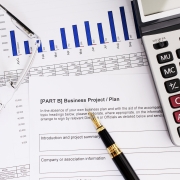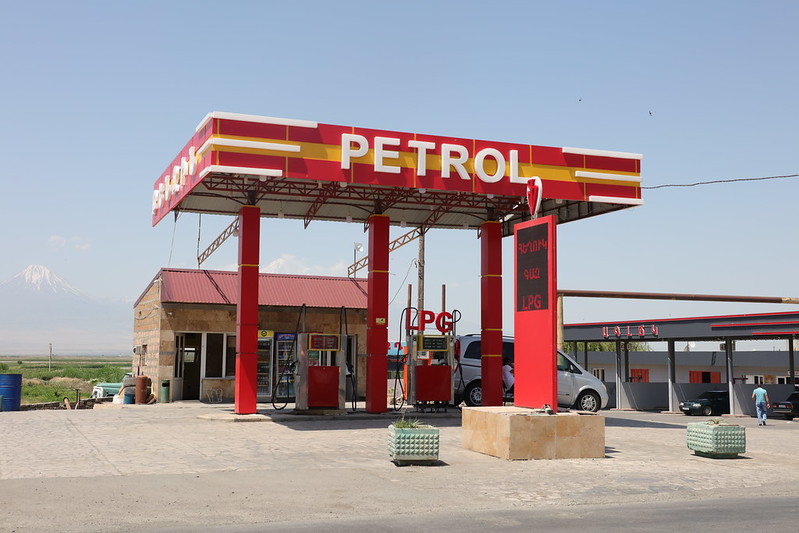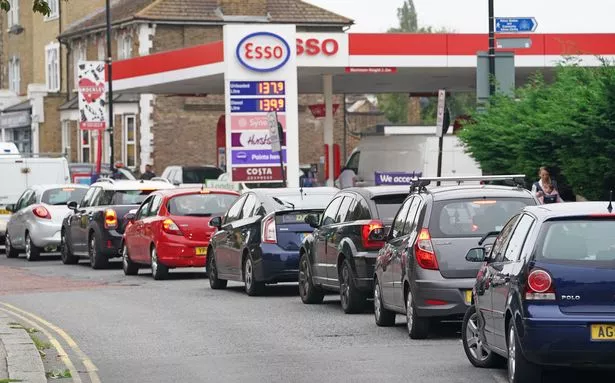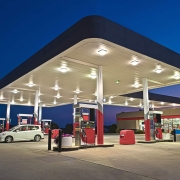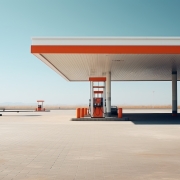To get the project off the ground, you need investors; you may need financial investors, and they take monetary risks.
If the business fails, they will lose their money, and you will have to start over again. So, bear the risk factor in mind.
Their money will get your business off the ground and give you future profits.
Banks and investors want to know if they lend you money, it will be in safe hands and used sensibly and correctly. This is why they need a business plan to see your financial estimates.
Why Investors and Bankers Don’t Read Boring Business Plans With Irrelevant Information?
To raise money from banks and investors, you need to prepare a business plan. There are many views on exactly what should be included and how much information is really necessary.
The academics would advise you to prepare as much information as possible, including extensive detail about the industry and charts.
There is no guarantee that you will get a loan because of a glamorous business plan, especially if the business idea is no good.
A great idea can be seen in 10 to 50 pages. It does not need hundreds of pages.
When you present a hundred-page business plan to an investor or banker, they get bored reading it.
They feel that you are trying to kid them or treat them like idiots by including irrelevant information.
One such occasion is when investors or bankers start to lose interest quickly. For example, if someone is considering opening a petrol station business and you tell them the fuel/energy industry is worth billions of Tanzania shillings.
They will think you are nuts to quote this figure.
The information on the overall market size has no relevance to the petrol station business.
It also suggests that the bank or investor is a fool and has no knowledge of business.
This is an attempt to mislead them into thinking that the potential business is going to be vast and that they should lend you money; this is crazy.
This is something I suggest you do not do.
Bankers or investors want to know what your share of the market is going to be, not what the overall business is for others.
Your business plan should be kept to a minimum. And only include charts and illustrations if they are really relevant. If they are not, don’t bother including them.
A Sample Successful Business Plan that Gets Investors and Bankers to Read, Listen, and Act
A good business plan is one that states on the first page what the business is all about, using the smallest number of words.
Something along the lines of, “I am going to make XYZ, it will appeal to my target audience, which (list them).
I will be producing the products at a lower cost than those on the market, or, producing far better quality items.” Or any other reasons.
“The current or estimated sales for this product is X dollars, and I estimate that I will get X percent of the market in X years. The sales target estimates are X dollars in years one, two, and three, and my return on investment (ROI) will be X dollars. And I will pay back all the money in X years.” In a few minutes, they will see what you are all about.
They will ask questions and refer to the latter pages of the business plan if they require more detailed information about operations, sales and marketing, or SWOT analysis and management structure.
You have to remember that funders have seen it all, done it all, and you cannot kid them with superfluous and irrelevant information. The business plan must show exactly the amount of money you need, including realistic financial estimates.
This is how they can see how and when their money will be repaid.
Give a detailed explanation of how every cent will be spent. Show what you are going to buy each month and how it will benefit the business.
Preparing to meet with banks or investors
To gain their respect, you need a clear understanding of your financial needs.
If a consultant is preparing a business plan, he must help you understand the financial aspect of your business before you present it to lenders. Or you should ask him to help you present it to the banker and investors.
You must take time to understand financial forecasts and cash flow so the funder can have confidence that you will manage the money properly.

